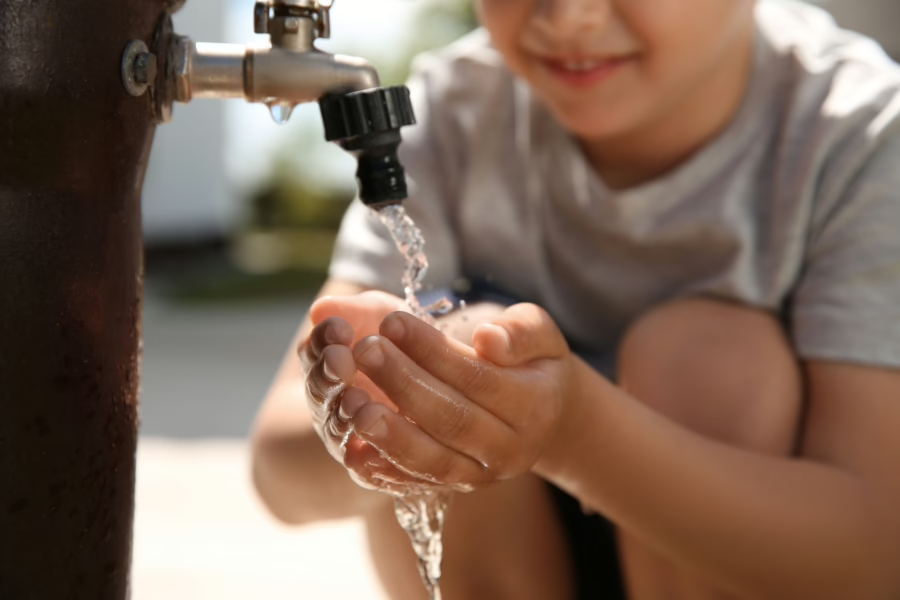Today, the Value of Water Campaign is pleased to release a new report, Bridging the Gap: The Power of Investment in Water, which dives into the projected economic impacts of continuing federal investment in water over the next 10 and 20 years. The full report can be viewed online here.
Written in collaboration with the American Society of Civil Engineers and EBP, the report examines two scenarios: one in which the federal government continues to invest in water under spending levels established through the Infrastructure Investment and Jobs Act of 2021 (IIJA), and another in which government spending reverts to minimal funding levels as was the standard before IIJA.
The results are clear. Continuing to invest in water at IIJA spending levels would:
- Reduce the water investment gap by $125 billion in the next two decades—enough to replace all lead service lines in the US twofold, fully fund a permanent federal customer assistance program at the estimated need of $5 billion annually for 25 years, or repair/replace more than 25 percent of the nation’s two million aging water mains.
- Decrease service disruptions to water-reliant businesses, resulting in cost savings of 46 percent over 20 years.
- Save more than 200,000 jobs by 2043.
- Result in a cumulative income savings of $6,745 per household over a 20-year period, based on spending and earnings.
“The Infrastructure Investment and Jobs Act was one of the most significant pieces of water legislation passed in this country—but we need to think about it as a down payment to build upon rather than a one-time infusion,” says Mami Hara, CEO of the US Water Alliance. “This report proves what all of us in this sector have understood to be true: federal funding for water infrastructure is critical and must continue to grow. If we fail to act, we’ll be sacrificing the health of our people, economy, and environment.”
“Continuing to fund our nation’s water infrastructure greater than or equal to IIJA levels is the only viable option for a thriving economy and healthy communities 10 or 20 years down the road,” says Christy Harowski, Director of the Value of Water Campaign. “But to ensure that future for our country, we must start by recognizing the true value of water in our lives.”
This is the third report from the Value of Water Campaign as part of the American Society of Civil Engineers’ “Bridging the Gap” series, which began in 2011. The other two reports can be found here.


